The Lenovo Legion Go S: A Handheld PC Review
Handheld gaming PCs have surged in popularity, largely thanks to the Steam Deck. Lenovo's Legion Go S aims to compete, offering a design closer to the Steam Deck than its predecessor. Unlike the original Legion Go's detachable controllers and numerous buttons, the Go S boasts a unibody design for improved usability. A SteamOS version is slated for later this year, a first for a non-Valve handheld, but this review focuses on the Windows 11 model. However, at $729, the Lenovo Legion Go S faces stiff competition from similarly priced alternatives.
Lenovo Legion Go S – Image Gallery
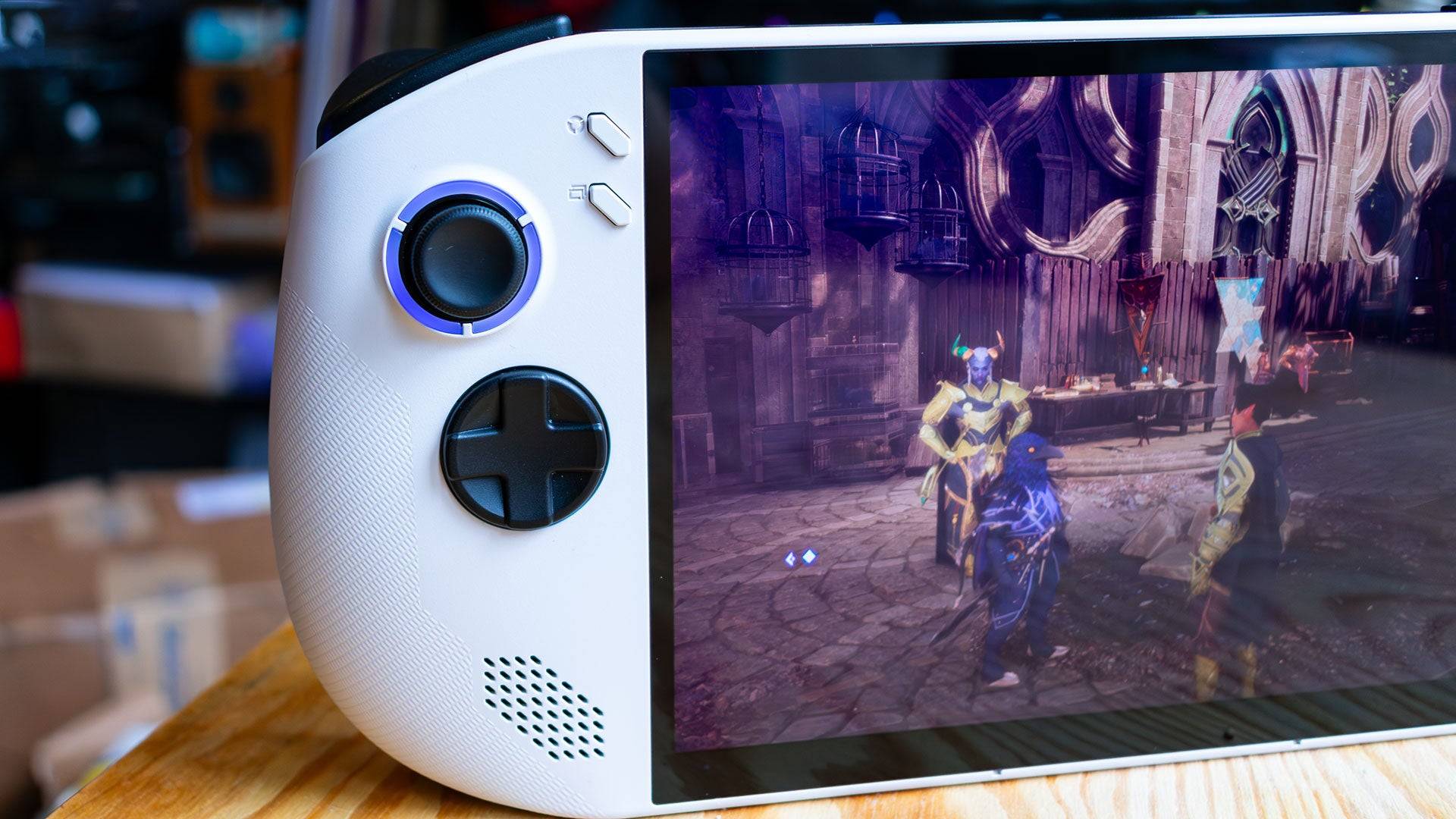
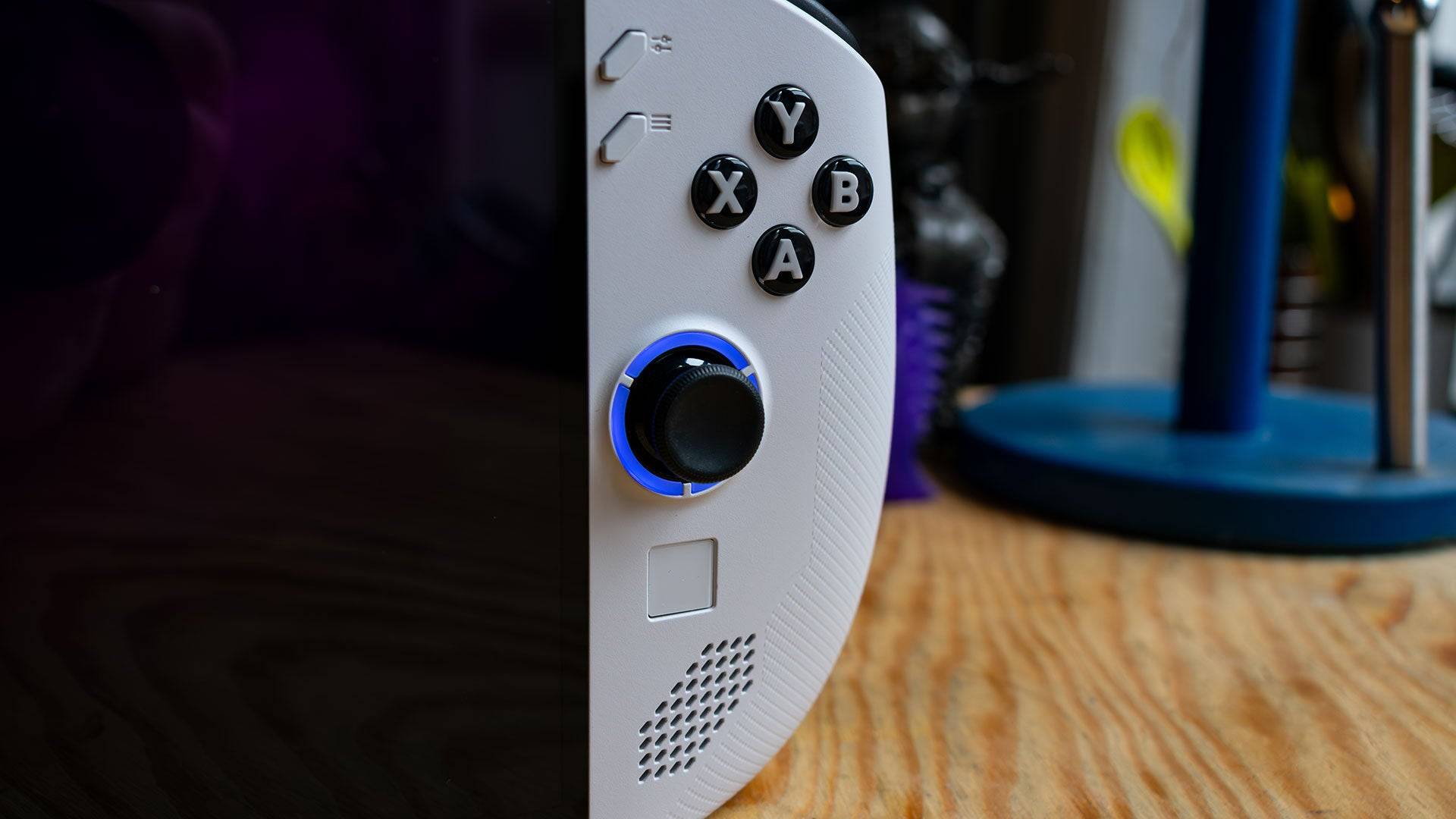 7 Images
7 Images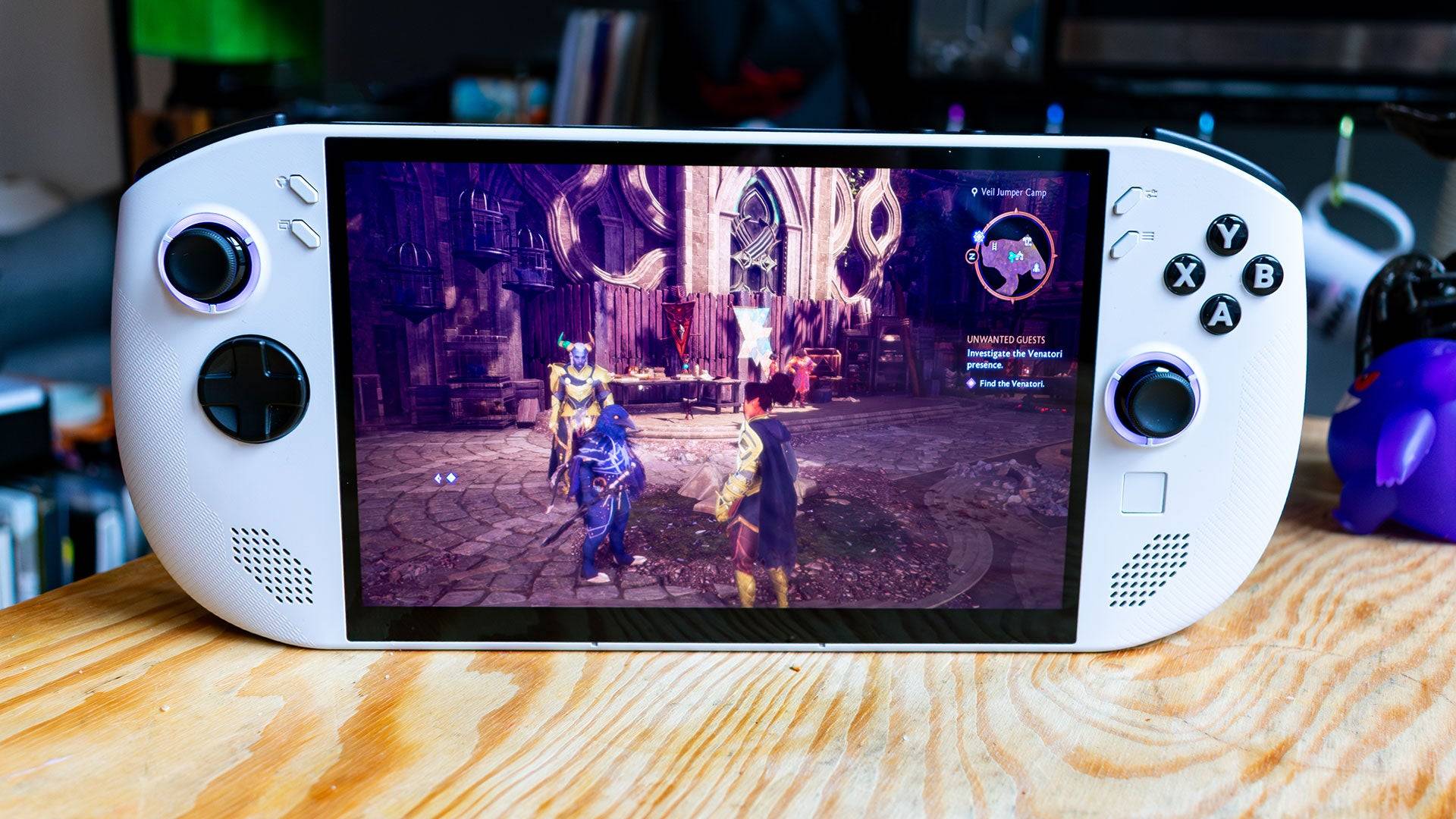

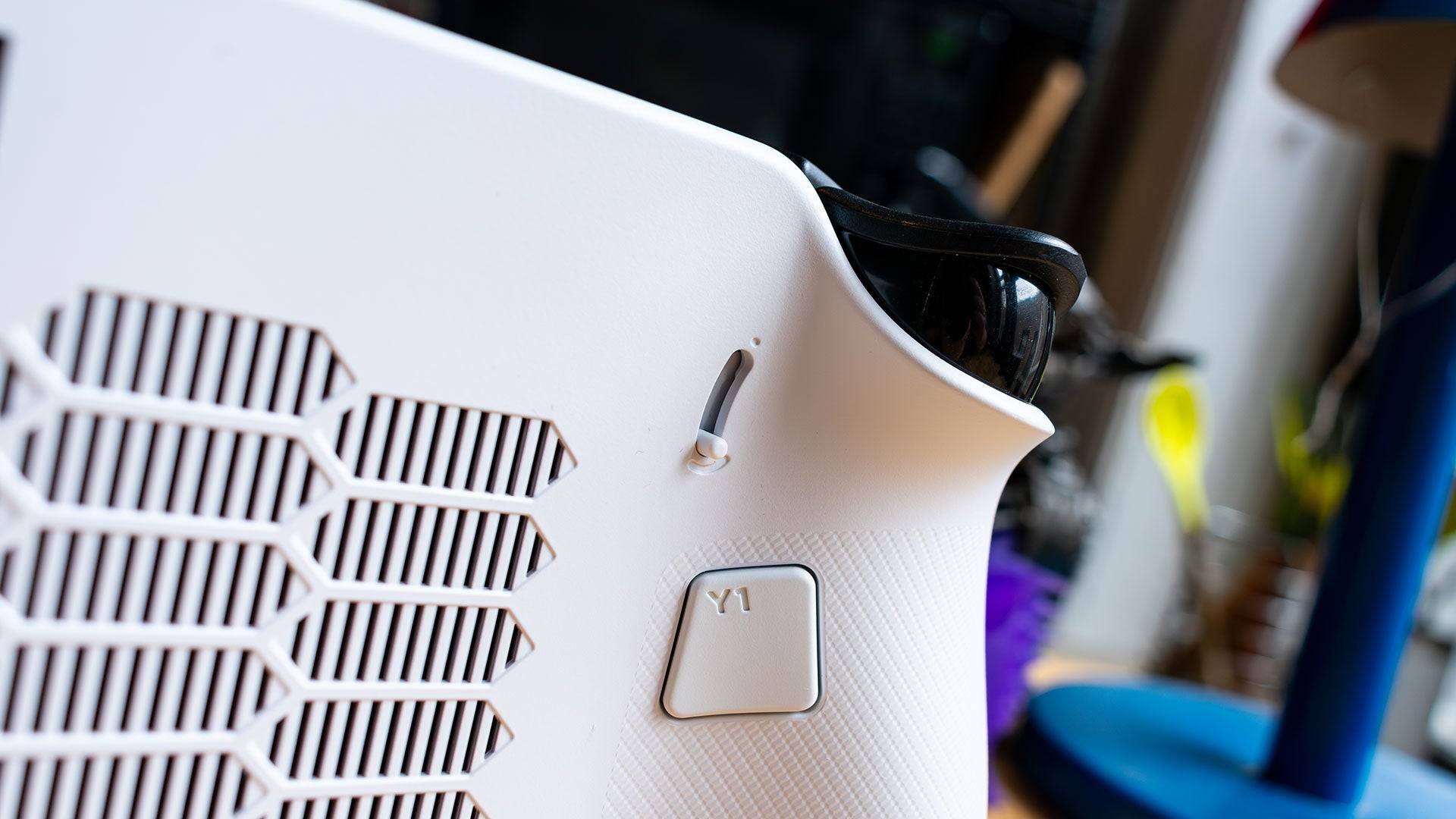

Lenovo Legion Go S – Design and Features
The Legion Go S resembles the Asus ROG Ally more than its predecessor. Its unibody design enhances ease of use. The rounded edges contribute to comfortable extended gaming sessions, despite its considerable weight of 1.61 pounds (slightly lighter than the original Legion Go but heavier than the Asus ROG Ally X).
The 8-inch, 1200p IPS display, boasting 500 nits of brightness, is a standout feature. Game visuals are stunning, showcasing vibrant colors and detailed textures. It's arguably one of the best handheld gaming PC displays, rivaled only by the Steam Deck's OLED screen.
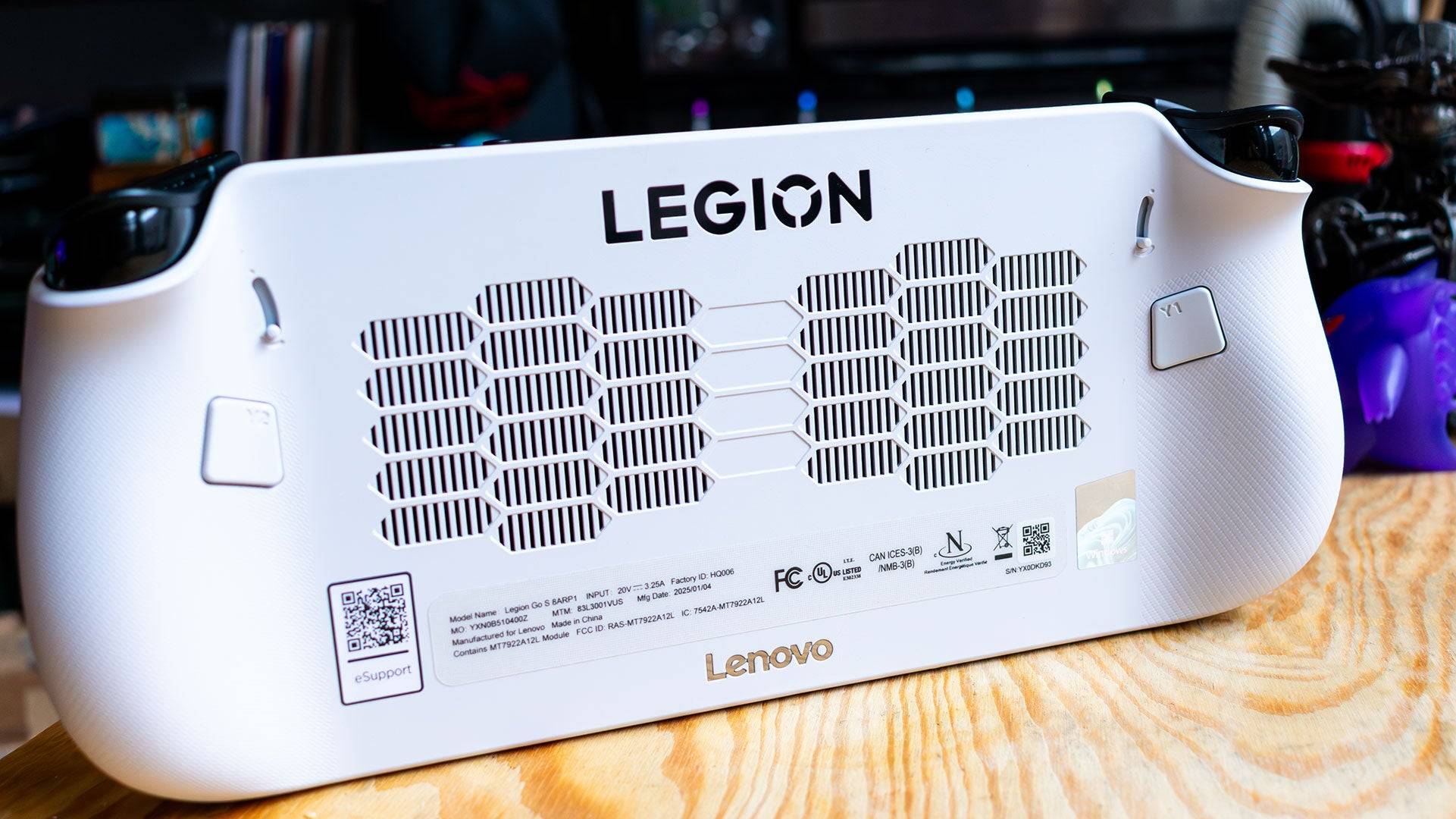 Available in Glacier White and Nebula Nocturne (the latter exclusive to the SteamOS version), the device features bright RGB lighting around the joysticks, customizable via an on-screen menu. Button placement is more intuitive than the original Legion Go, although the placement of Lenovo's menu buttons above the standard 'Start' and 'Select' buttons requires adjustment. These Lenovo menu buttons offer quick access to system settings and shortcuts.
Available in Glacier White and Nebula Nocturne (the latter exclusive to the SteamOS version), the device features bright RGB lighting around the joysticks, customizable via an on-screen menu. Button placement is more intuitive than the original Legion Go, although the placement of Lenovo's menu buttons above the standard 'Start' and 'Select' buttons requires adjustment. These Lenovo menu buttons offer quick access to system settings and shortcuts.
The touchpad, while smaller than the original, remains functional, though navigating Windows is slightly less convenient. The left-side button accesses LegionSpace software for system management and game library integration. Rear paddle buttons are improved, offering more resistance and preventing accidental presses. Adjustable triggers offer two settings: full and minimal travel. Dual USB 4 ports (one ideally positioned on the bottom for better cable management) and a centrally located MicroSD card slot complete the device's connectivity.
Purchasing Guide
The reviewed Lenovo Legion Go S ($729.99) features a Z2 Go APU, 32GB LPDDR5 RAM, and a 1TB SSD. A more affordable 16GB RAM/512GB SSD model will launch in May for $599.99.
Lenovo Legion Go S – Performance
The AMD Z2 Go APU (Zen 3 processor with 4 cores/8 threads and an RDNA 2 GPU with 12 cores) is the Legion Go S's core component. Benchmark results reveal performance lags behind the Legion Go and Asus ROG Ally X. The 55Whr battery provides a runtime of 4 hours and 29 minutes in PCMark10 testing, shorter than the original Legion Go despite a weaker chipset.
 3DMark benchmarks show the Legion Go S significantly underperforming compared to its competitors. Gaming performance is more competitive, though still not exceptional. While it manages acceptable frame rates in some titles at lower settings (800p and Medium), demanding games like Horizon Forbidden West struggle even at low settings. Less demanding games perform well.
3DMark benchmarks show the Legion Go S significantly underperforming compared to its competitors. Gaming performance is more competitive, though still not exceptional. While it manages acceptable frame rates in some titles at lower settings (800p and Medium), demanding games like Horizon Forbidden West struggle even at low settings. Less demanding games perform well.
Wait, It’s More Expensive?
The $729 price point is higher than the original Legion Go, despite the weaker APU and lower resolution display. However, the 32GB of RAM and 1TB SSD justify some of the cost. While more RAM can benefit higher-resolution gaming, its impact is limited by the Z2 Go APU and slower memory (6,400MHz vs. the Legion Go's 7,500MHz). Manually allocating more memory to the frame buffer in the BIOS improves performance, but this is not user-friendly. The 16GB RAM model at $599 offers better value.
Conclusion
The Lenovo Legion Go S's high price for the 32GB configuration makes it a less appealing option. The May release of the 16GB model at $599 significantly improves its value proposition, making it a competitive choice in the handheld gaming PC market. While not a powerhouse, it provides a satisfying handheld gaming experience for less demanding titles.






